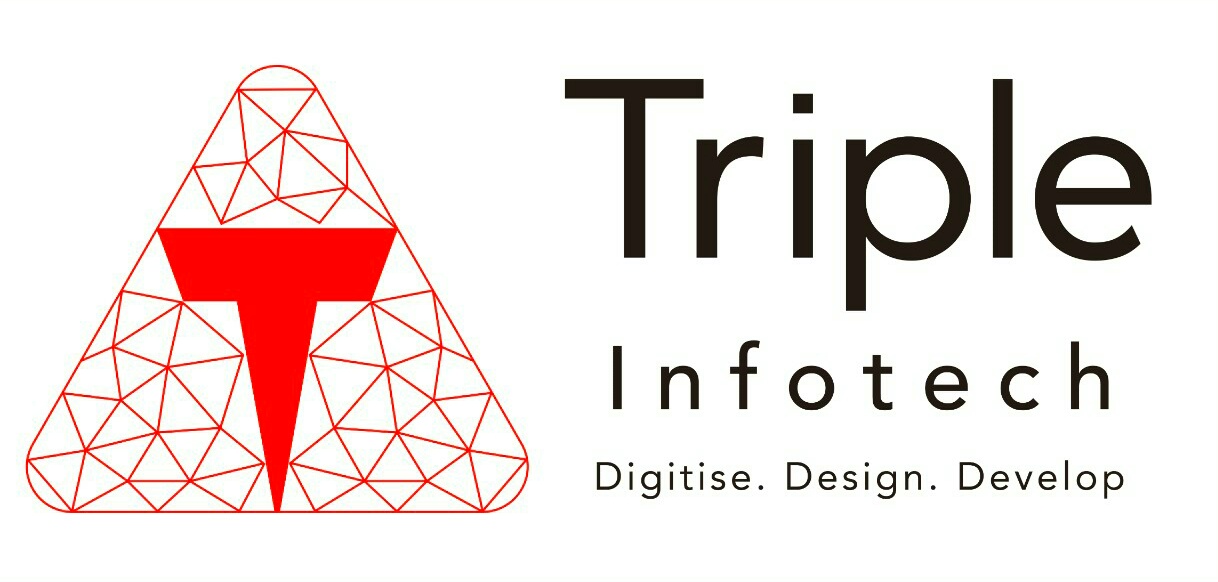GOM’s optical 3D measuring systems are used in stamping, bending, drawing, pressing, and forming process chains to guarantee consistent quality assurance: They are used to determine material properties. They help to optimize the design and the simulation of parts and tools. They speed up tool try-out and first article inspection. Optical 3D measuring systems also ensure efficient production control and assembly analysis in series.
Material properties
The knowledge of material properties of a sheet metal material provides a secure basis for adequate component design, for developing a functioning tool with good effective surfaces and for realistic simulation.
Realistic material properties are a prerequisite for reliable simulation and optimization of product variants, tool layout and forming processes.
Design
3D digitization helps to quickly generate and efficiently use CAD data.
Actual 3D coordinates enable reverse engineering of models, parts and tools. For that, the 3D geometry of these objects is fully scanned and then transferred into CAD data via surface reconstruction.
The inspection of parts can be carried out efficiently. During design, the CAD data is directly provided with inspection features. As soon as a part is produced, it can be inspected immediately.
Simulation
Products and manufacturing processes are designed and optimized with numerical simulation methods. The results of these simulations are supposed to be as informative as possible.
An important factor for the simulation of metal forming processes are the material properties of the metal used. The material properties influence the deformation behavior of the part and therefore the accuracy of the simulation calculation.




